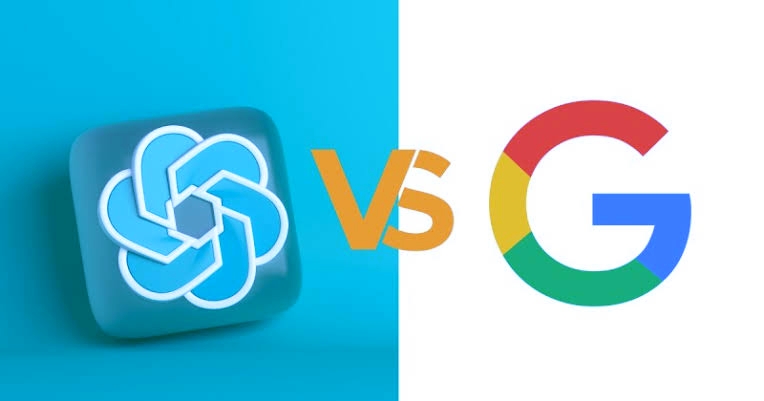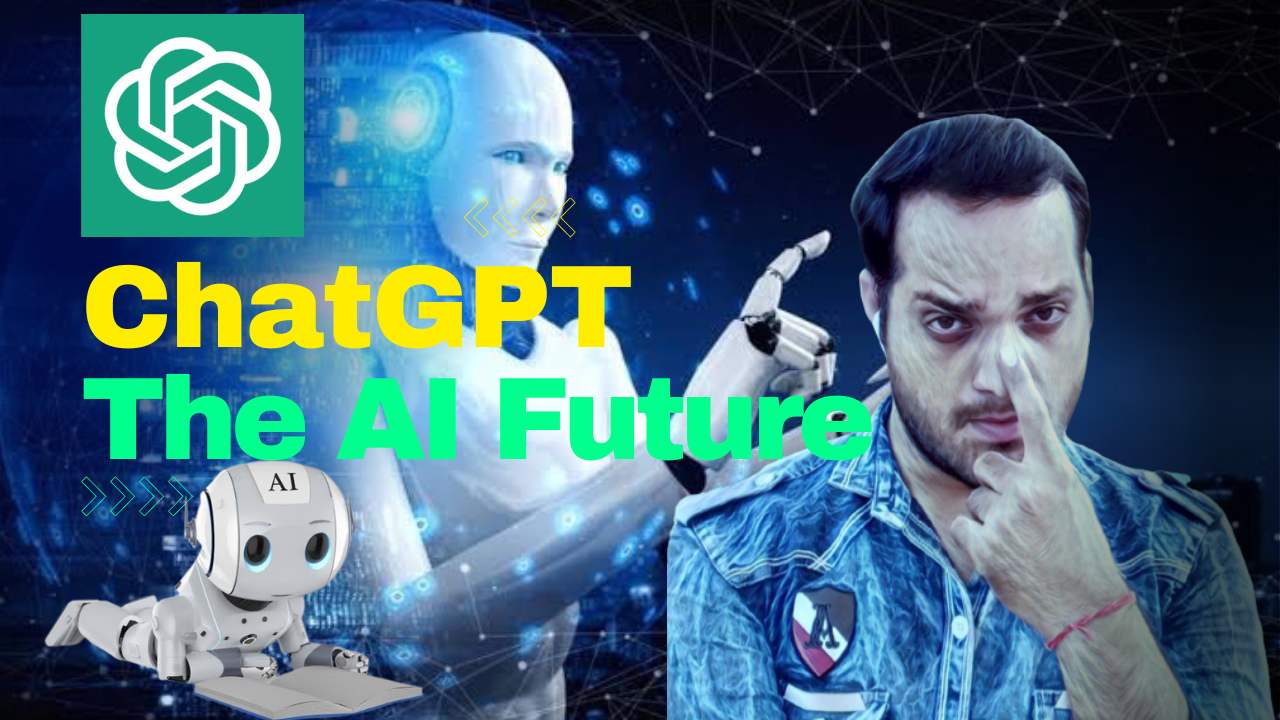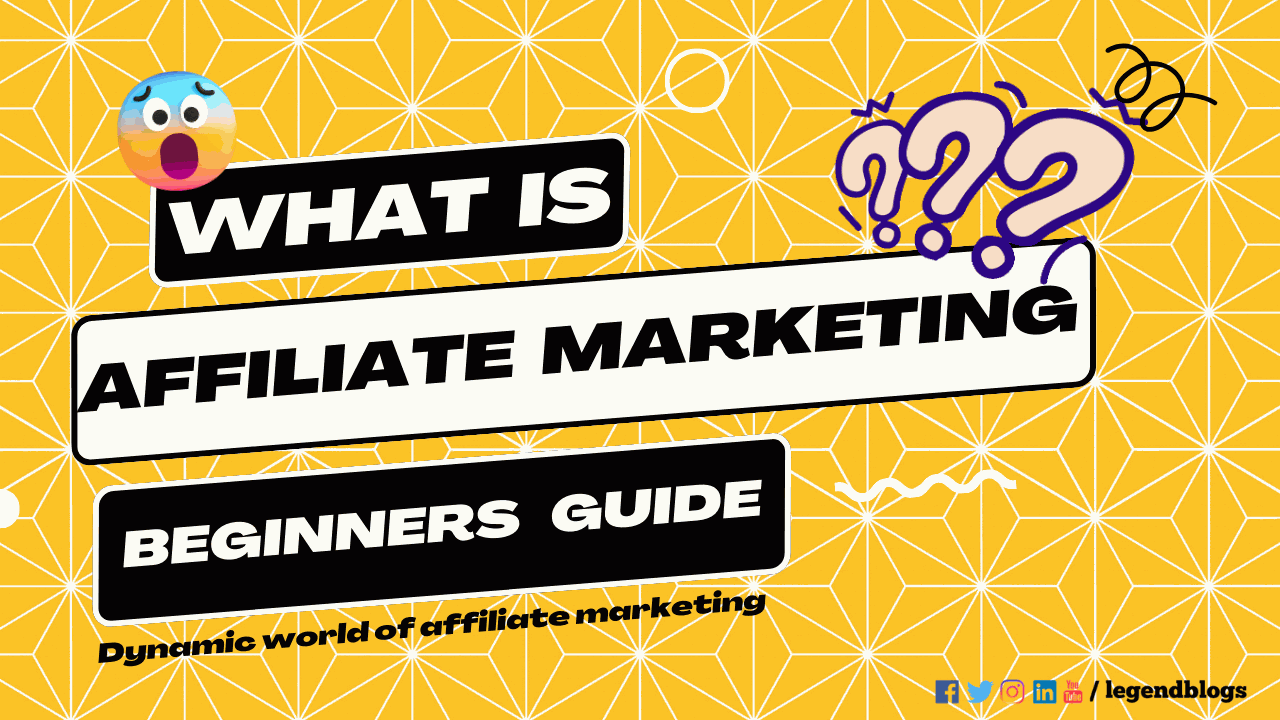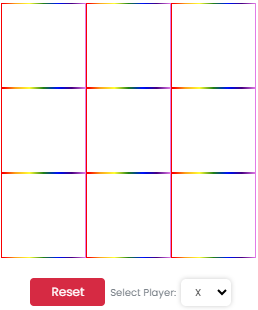Have you ever heard of ChatGPT? If you're interested in artificial intelligence and natural language processing, you might have come across this term. In this blog post, we'll explore what ChatGPT is and how it works.
ChatGPT is a large language model developed by OpenAI. It is based on the GPT (Generative Pretrained Transformer) architecture, which is a deep learning algorithm used for natural language processing. ChatGPT was trained on a massive amount of text data, including books, articles, and websites. This vast corpus of text allows ChatGPT to generate human-like responses to a wide range of queries.
ChatGPT is designed to understand the context of a given sentence or phrase and generate a response that is relevant and accurate. It can perform various language tasks, such as language translation, summarization, question-answering, and more. For example, if you ask ChatGPT a question like "What is the capital of France?", it will generate the correct answer, which is "Paris." Similarly, if you ask ChatGPT to summarize a long article, it will generate a concise and accurate summary of the main points.
What is ChatGPT
- ChatGPT is a large language model developed by OpenAI.
- It is based on the GPT (Generative Pretrained Transformer) architecture.
- ChatGPT was trained on a massive amount of text data, including books, articles, and websites.
- It can generate human-like responses to a wide range of queries, such as language translation, summarization, question-answering, and more.
- ChatGPT can learn and adapt to new information through fine-tuning.
- It has many practical applications, such as chatbots, customer service, language translation, and content creation.
- ChatGPT and other similar models will play an essential role in making communication between humans and machines more natural and effective.
What is it's future?
The future of ChatGPT and other large language models is very promising. Here are a few potential developments and applications that we might see in the coming years:
- Improved accuracy and performance: As more data becomes available and the technology continues to advance, we can expect ChatGPT to become even more accurate and effective at a wider range of language tasks.
- Integration with other technologies: ChatGPT could be integrated with other technologies, such as virtual and augmented reality, to create more immersive and interactive experiences. For example, ChatGPT could be used to create chatbots that interact with users in a virtual environment, or to generate dialogue for characters in a video game.
- Personalization and customization: ChatGPT could be fine-tuned to understand the unique language patterns and preferences of individual users, allowing for more personalized and customized interactions.
- Greater efficiency and automation: ChatGPT could be used to automate many language-related tasks, such as customer service, content creation, and language translation. This could free up time and resources for other important tasks.
- Expansion into new domains and languages: ChatGPT could be trained on more specialized and domain-specific datasets, such as medical or legal documents, to create more accurate and effective language models for specific industries. It could also be trained on new languages and dialects, making it more useful for global communication.
Overall, the future of ChatGPT and other large language models is very exciting, with many potential applications and opportunities for innovation. However, it's important to also consider the potential ethical and social implications of these technologies, and to ensure that they are developed and used responsibly.
What can I do with ChatGPT
There are several things that you can do with ChatGPT, depending on your specific needs and interests. Here are some examples:
- Chatbot development: ChatGPT can be used to develop chatbots for customer service, sales, or other applications. You can fine-tune ChatGPT to understand the specific queries and language patterns of your target audience, and use it to generate responses that are relevant and accurate.
- Content creation: ChatGPT can be used to generate content for websites, social media, or other platforms. For example, you can use ChatGPT to generate product descriptions, headlines, or blog posts. You can fine-tune ChatGPT to match the tone and style of your brand, and use it to create content more quickly and efficiently.
- Language translation: ChatGPT can be used to translate text from one language to another. You can fine-tune ChatGPT to understand the specific nuances and idioms of different languages, and use it to generate accurate translations.
- Research and data analysis: ChatGPT can be used to analyze large volumes of text data and generate insights. For example, you can use ChatGPT to analyze customer feedback, social media posts, or news articles, and identify trends or patterns.
- Education and training: ChatGPT can be used to develop educational materials, such as textbooks, quizzes, or tutorials. You can fine-tune ChatGPT to match the language level and learning style of your target audience, and use it to create engaging and interactive learning experiences.
These are just a few examples of what you can do with ChatGPT. As natural language processing continues to evolve, there will likely be many more opportunities to use ChatGPT and other similar models in innovative ways.
Advantages of ChatGPT
- ChatGPT can generate human-like responses to natural language queries, making communication between humans and machines more natural and effective.
- It can perform various language tasks, such as language translation, summarization, question-answering, and more, making it a versatile tool for many different applications.
- ChatGPT can learn and adapt to new information through fine-tuning, improving its accuracy and effectiveness over time.
- It has the ability to analyze text data and generate insights, making it a useful tool for research and data analysis.
- ChatGPT can be used to automate many language-related tasks, such as content creation and customer service, freeing up time and resources for other important tasks.
- It has the potential to revolutionize many industries, such as healthcare, finance, and education, by making communication and information processing faster, more accurate, and more efficient.
One of the most significant advantages of ChatGPT is its ability to learn and adapt to new information. As it interacts with users and receives feedback, it improves its accuracy and effectiveness over time. This process is known as "fine-tuning," where ChatGPT is trained on a specific dataset or task to improve its performance.
ChatGPT has many practical applications, such as chatbots, customer service, language translation, and content creation. It can also be used for research purposes, such as analyzing text data and generating insights.
Disadvantages of ChatGPT
Here are some potential disadvantages of ChatGPT:
- ChatGPT is a machine learning model, so it is only as accurate as the data it was trained on. If the training data is biased or incomplete, ChatGPT may generate inaccurate or incomplete responses.
- The quality of ChatGPT's responses depends on the complexity and specificity of the query. It may struggle with abstract or nuanced concepts and may not always provide the most accurate or relevant response.
- ChatGPT may struggle with languages or dialects that it was not trained on, as well as with slang, colloquialisms, and other non-standard language forms.
- There are concerns about the potential misuse of ChatGPT and other similar models, such as using them for propaganda or disinformation campaigns, creating fake news or misleading content, or manipulating public opinion.
- ChatGPT and other similar models require significant computational resources and energy, which can be costly and environmentally unsustainable.
- ChatGPT and other similar models raise ethical and privacy concerns, such as the collection and use of personal data, the potential for algorithmic bias, and the potential for unintended consequences or harm.
- There is a risk that ChatGPT and other similar models may replace human workers in certain industries, potentially leading to job losses and economic disruption.
Can ChatGPT Replace Google?
Most people are wondering if it can be a replacement for Google. According to me, both are different things. Both have different architecture to serve on the internet.

Google does not have any data on its own server so Google is dependent upon every website which are available in the internet and they will provide latest information whatever or executing in current on the web.
Conclusion
In conclusion, ChatGPT is a powerful language model that uses deep learning algorithms to generate human-like responses to natural language queries. It has many practical applications and is constantly improving its performance through fine-tuning.
As natural language processing continues to evolve, ChatGPT and other similar models will play an essential role in making communication between humans and machines more natural and effective.







(1) Comments
Shivam
I am using for essay wafting.
Write a comment